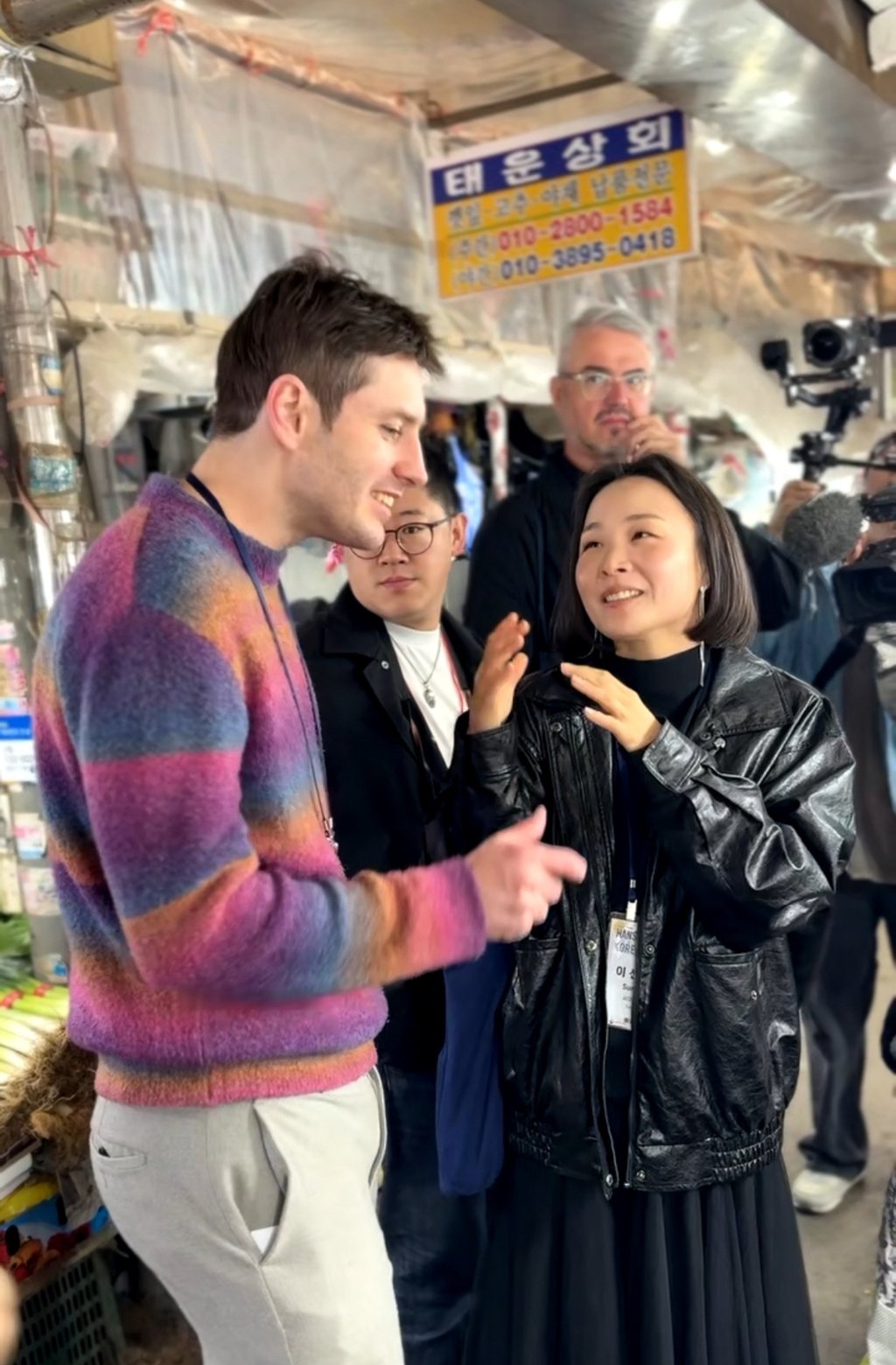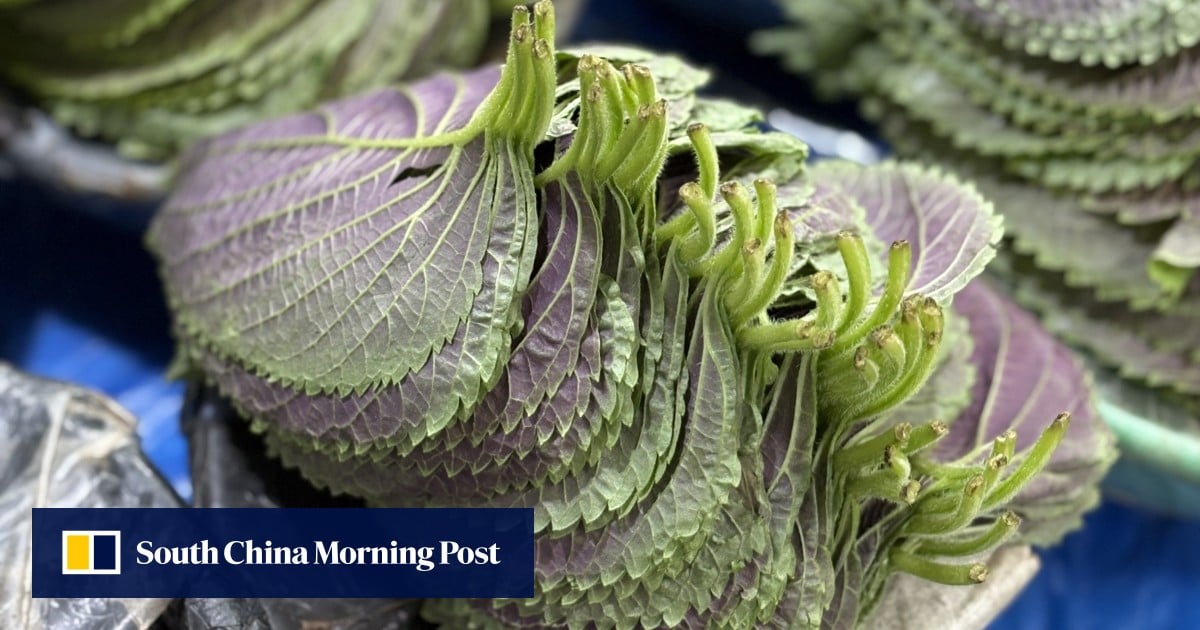In the kitchen of the historic Korea House in Seoul, chef Cho Hee-sook – the “godmother of Korean cooking” – is deftly massaging three batches of blanched spinach, and seasoning each emerald bundle with doenjang (soybean paste), ganjang (soy sauce) and gochujang (chilli bean paste), the holy trinity of Korean fermented sauces.
“Some people just assume the Korean dining table is very meat heavy because Korean barbecue is so popular,” she says, without breaking her rhythm as she works the different sauces into the spinach. “But, actually, much of the Korean territory is mountainous, and we get a lot of different vegetables.”
The season of spring greens, known as bom-namul, is highly anticipated in Korea; it is a time where a glorious bounty of herbaceous, sweet, nutty and bitter plants with complex flavours, aromas and textures arrives from the mountains and fields across the country.
We joined chef Joseph Lidgerwood of two-Michelin-star Evett for a tour through Gyeongdong Market in the South Korean capital’s Dongdaemun district, a warren of stalls overflowing with medicinal herbs and roots, fresh vegetables and dried seafood.

Chef Joseph Lidgerwood and food consultant Summer Lee taking guests on a tour in Gyeongdong Market, Seoul. Photo: Charmaine Mok
Compared to destinations such as Namdaemun Market or Gwangjang Market, there is nary a tourist in sight – just a steady flow of homemakers and, we’re told, chefs and restaurant industry professionals out to monitor which seasonal ingredients are at their prime.
Accompanying Lidgerwood is food writer, restaurateur and consultant Summer Lee, who is an indispensable source of information for the various seasonal ingredients on display.
